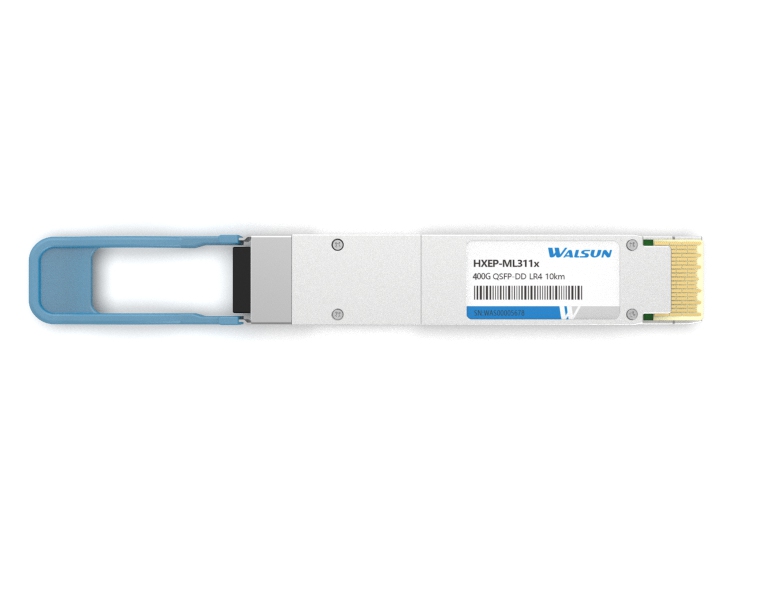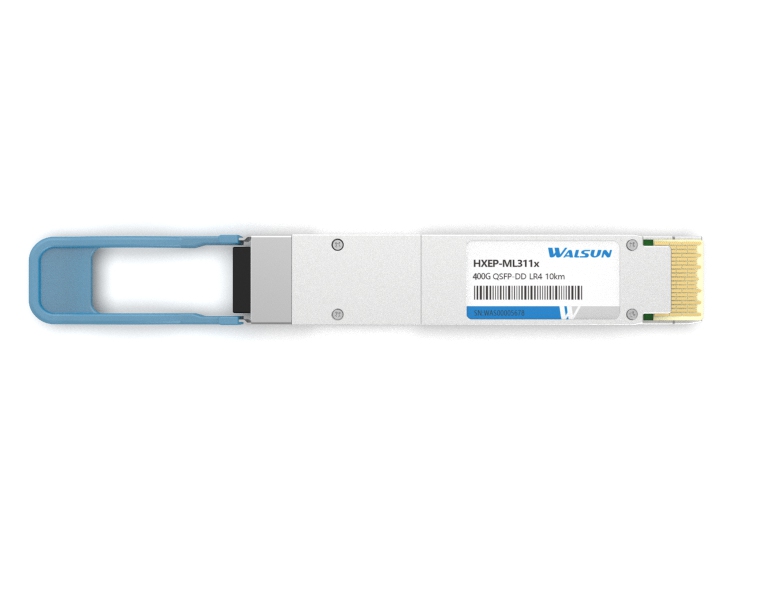PRODUCTS

- QSFP28 supports speeds of up to 100 Gigabits per second (Gbps) per port.StandardData RateWaveLengthFiberMaximum DistanceTypical ConnectorPower ConsumptionQSFP+IEEE 802.3baQSFP+ MSASFF-8436SFF-8636Infiniband 40G QDR41.2Gbps850nm1310nm832-918nmOM3OM4OS1OS240kmLCMTP/MPO-12Bigger than SFP+QSFP 28IEEE 802.3bmQSFP 28 MSASFF-8665SFF-8636103Gbps112Gbps850nm1310nmCWDM4OM3OM4OS1OS280kmLCMTP/MPO-12Max 62386

- QSFP28 (Quad Small Form-factor Pluggable 28) and SFP28 (Small Form-factor Pluggable 28) are both types of optical transceivers used in high-speed data communication applications. The main difference between the two lies in their size and data transfer capabilities.1. Size:- QSFP28 modules are larger in size, with a form factor that can accommodate up to 4 channels of high-speed data transmission.1061

- The main difference between QSFP28 and QSFP56 lies in their data transmission capacity.QSFP28 is a form factor for transceivers that can support data transmission rates of up to 28 gigabits per second (Gbps) per channel, resulting in a total throughput of 100 Gbps with four channels.On the other hand, QSFP56 is a form factor for transceivers that can support data transmission rates of up to 52448

- The optical transceiver is composed of optoelectronic devices, functional circuits and optical interfaces. The optoelectronic device includes transmitting and receiving parts. The transmitting part is: input the electrical signal with a certain code rate, and then drive the semiconductor laser (LD) or light-emitting diode (LED) to emit the modulated optical signal with the corresponding rate after946

- The range of a 100G QSFP (Quad Small Form-factor Pluggable) module typically varies between 100 meters to 40 kilometers, depending on the type of optics and the type of fiber used in the network.What are the Advantages of 100G CWDM4 QSFP28 Compared to Other 100G Optical Transceivers?100G QSFP28 CWDM4 optical transceivers, in data center applications, have more price advantages than 100G QSFP28 PSM1043


 CHS
CHS Walsun Mall
Walsun Mall










